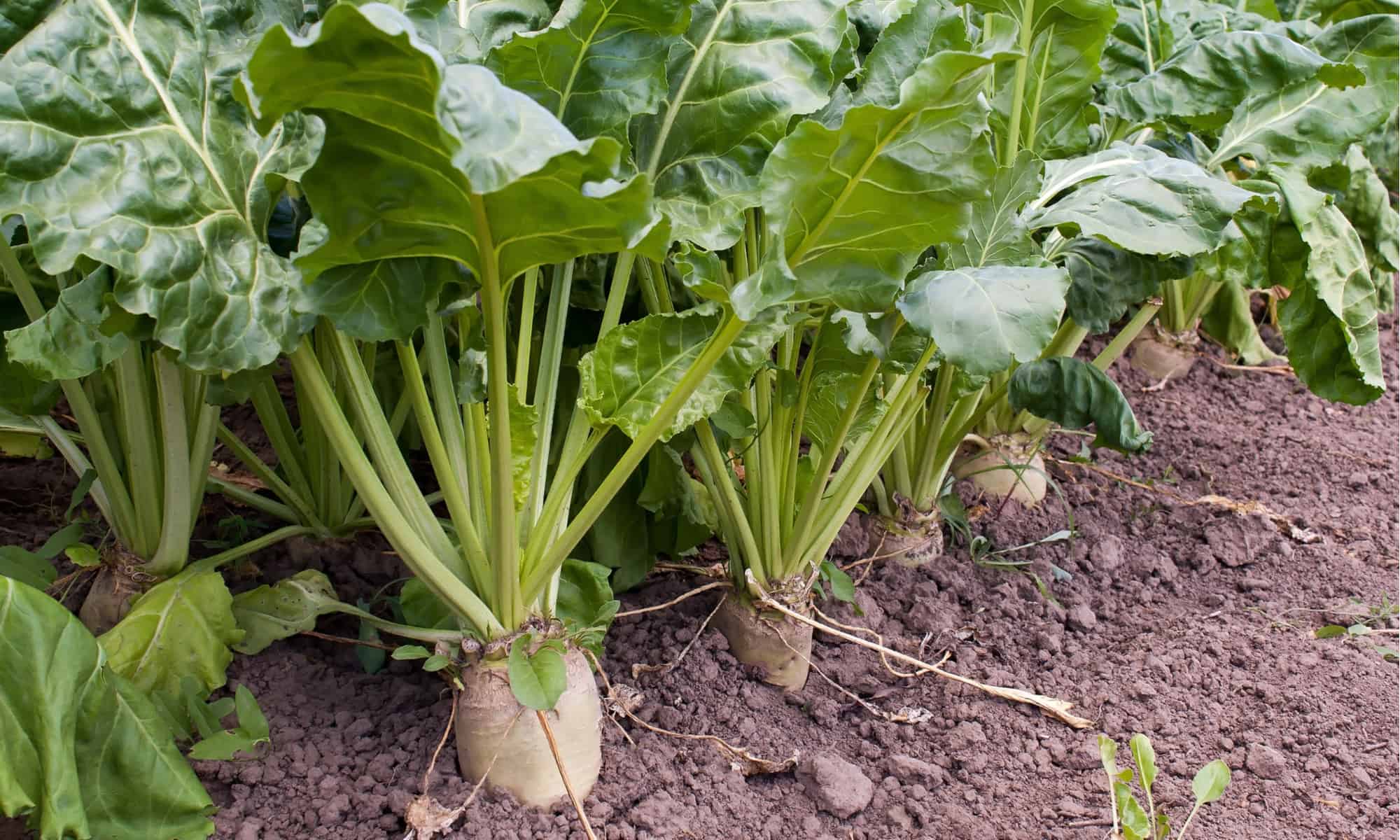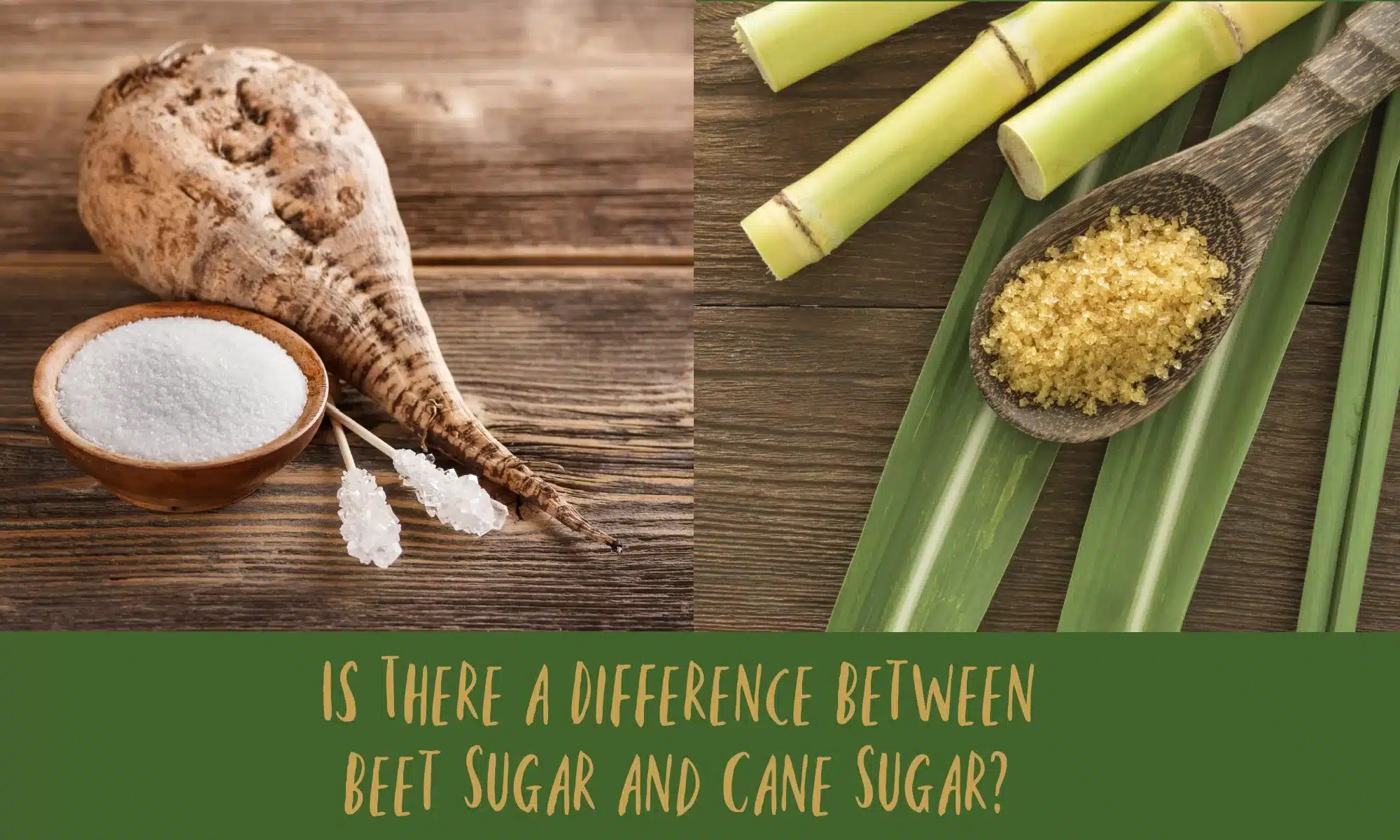Checking Out the Distinctions in operation and Advantages Between Beet Sugar Vs Cane Sugar
In the culinary world, the choice between beet sugar and cane sugar is not simply concerning sweet taste however includes a nuanced consideration of taste, application, and effect. While both sugars stem from various plants, each undertakes special manufacturing procedures that discreetly influence their attributes and suitability for numerous meals.
Origins and Production Procedures of Beet and Cane Sugar

Cane sugar, on the various other hand, comes from the sugarcane plant, a tropical turf indigenous to Southeast Asia however currently cultivated in tropical zones worldwide. The manufacturing of cane sugar starts with the harvesting of cane stalks, which are crushed to release the juice. This juice is then steamed to focus it, after which it is spun in centrifuges to generate raw sugar crystals. These crystals are more fine-tuned to create the white sugar frequently available in stores.

Nutritional Content and Health Considerations

When comparing the dietary content of beet sugar and cane sugar, it becomes apparent that both kinds basically give the same caloric worths, with about 16 calories per teaspoon and no substantial nutrient diversity. Each is made up practically totally of sucrose, which is an easy carbohydrate that offers fast energy however does not have vitamins, minerals, or fiber. This similarity encompasses their effect on health, specifically concerning blood sugar level degrees. Both sugars, when eaten in excess, can add to raised blood sugar degrees, a risk element for diabetic issues and various other metabolic conditions. Furthermore, extreme intake can result in weight gain and dental issues, as both sugars are equally cariogenic, promoting dental caries. From a health and wellness perspective, regulating intake of any sort of sugar, whether from beet or cane, is recommended to avoid these possible unfavorable effects on health. Thus, neither holds a distinctive benefit over the various other in regards to wellness advantages.
Flavor Accounts and Culinary Applications
In spite of their comparable chemical structures, beet sugar and cane sugar vary discreetly in flavor, which can affect their usage in different culinary contexts. Walking stick sugar frequently brings a hint of molasses, even in its refined type, offering a warm, caramel-like undertone that enhances baked goods, coffee, and chocolate-based recipes. This small molasses taste is particularly valued in the baking sector for including deepness to sweets and breads. On the various other hand, beet sugar is characterized by its extremely improved, neutral preference, making it a functional sweetener that does not alter the flavor profiles of dishes. This neutrality is particularly helpful in delicate recipes, such as light breads, creams, and some sauces, where the fundamental flavors of various other ingredients are planned to stick out. Chefs and food manufacturers could pick one kind of sugar over the other based on the desired taste outcome of their cooking productions.
Ecological Influence and Sustainability
While both beet and cane sugars are derived from plants, their environmental impacts differ dramatically due to the distinctive methods of cultivation and processing required for each. Sugar check this beet cultivation see post commonly entails comprehensive automation, which can raise fossil gas intake and carbon emissions.
Additionally, the handling of sugarcane often generates a significant amount of waste, consisting of bagasse, which, although usable as biofuel, often adds to air pollution if burned inefficiently. Sugar beet processing makes use of more of the raw materials, resulting in less waste. Both industries encounter obstacles in minimizing their environmental impacts, yet recurring technologies in agricultural techniques and waste monitoring are aiming to improve sustainability.
Economic Factors Affecting the Sugar Market
The financial characteristics of the sugar market are dramatically affected by international market needs and profession plans. In regions where sugarcane or sugar beet manufacturing is subsidized, producers might have an economic advantage that enables them to provide reduced prices on the international market.
Additionally, changes in international need for sugar, influenced by nutritional fads and industrial use in foodstuff, straight impact costs and manufacturing levels. beet sugar vs cane sugar. Climate condition additionally play a pivotal duty, as they can significantly influence crop yields and, consequently, the supply chain. This variability presents a degree of financial uncertainty that can result in investment volatility in sugar production industries, affecting choices from growing to market technique
Final Thought
In conclusion, both beet and cane sugar have distinct high qualities that suit different culinary needs. While his comment is here cane sugar conveys a rich taste perfect for improving baked products, beet sugar's neutrality is perfect for lighter dishes.